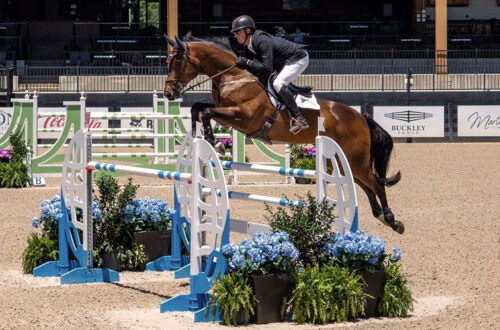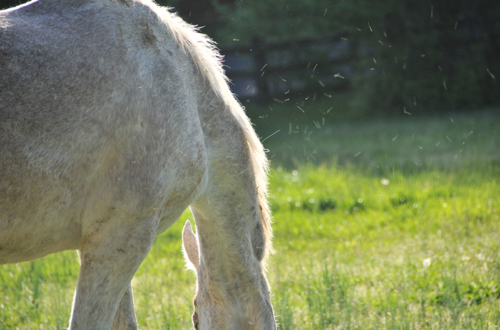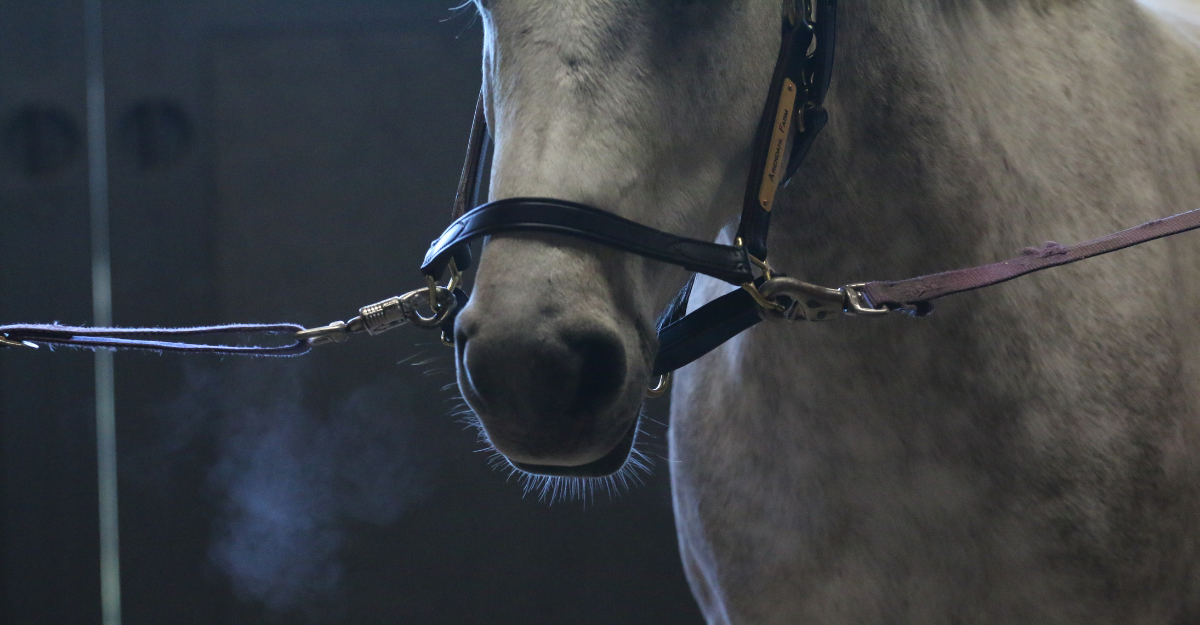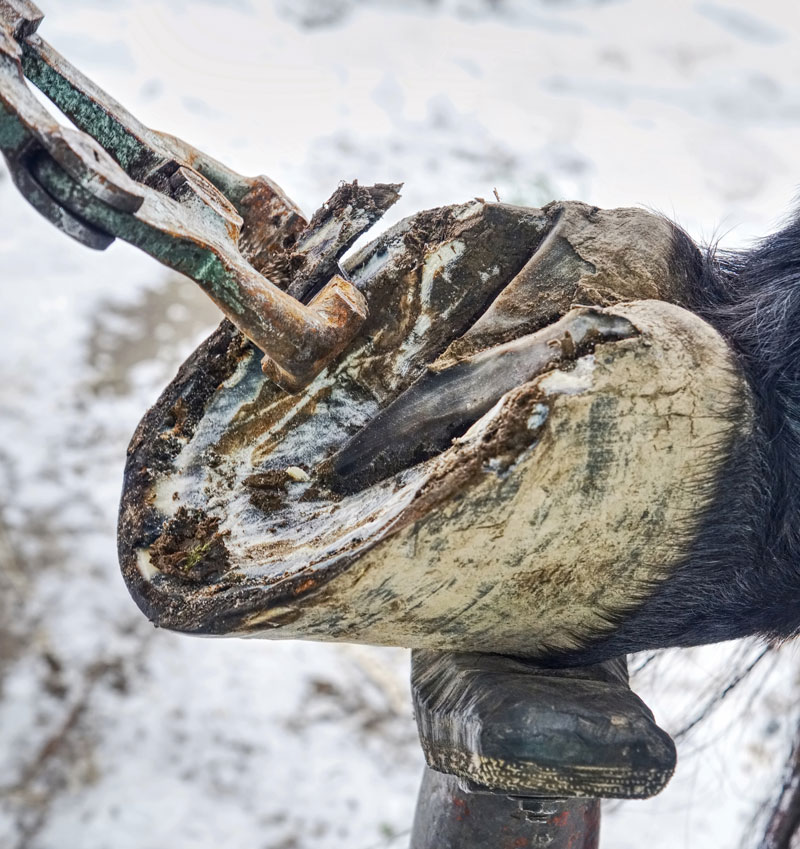
Winter Hoof Care
By Diego Almeida, CJF, EE, FE, TE, AWCF
The seasons have an influence on your horse’s hooves in many ways. Here we’ll explore what you need to know to provide your horse with excellent hoof care during the winter months.
Winter’s Impact on Hoof Growth
In general, a horse’s rate of hoof growth tends to slow down during the winter. The growth of a horse’s winter coat is influenced by both hours of daylight and seasonal temperatures. If your horse develops a winter coat due to those combined factors, his hooves will likely grow more slowly during the short days and cold months as the synthesis of keratin, the primary protein in both hair and hoof horn, is directed to the extra haircoat. Also, the thermoregulation mechanism of the hoof is thought to reduce blood flow when temperatures are cold to help maintain the horse’s core body temperature.
You and your farrier may find that your horse’s trimming/shoeing schedule can be extended from every 4-6 weeks to more like every 8 weeks or so during the winter months, especially if your horse grows a winter coat. The hooves of horses who are kept in heated barns, body clipped, and kept in blankets may continue to grow at their usual rate, and thus may need to be maintained on the same 4- to 6-week trimming/shoeing schedule all year long.
Does Your Horse Need Winter Shoes?
Here are some considerations to discuss with your farrier to determine whether your horse needs winter shoes:
- Is your horse barefoot or shod during the rest of the year?
- Do you get snow and ice in your region?
- Does your horse live outside full time?
- How much riding do you do in the winter?
- Will you ride inside on soft arena footing or outside on frozen ground, snow, and/or ice?
If your horse has healthy hooves and doesn’t need shoes for specific soundness/performance reasons, you and your farrier may determine the best option is to pull his shoes for the winter, especially if you live in a region with significant snow accumulation. If your horse needs to remain shod all year, adding snow pads will generally help reduce the formation of snowballs in his feet, but they are not always 100% effective, depending on the moisture content of the snow and other factors. Horses that remain shod during the winter in snowy/icy climates will likely also need a source of traction added to their shoes—your farrier can advise you on the type of traction he or she recommends for your individual horse’s needs and lifestyle. Of course, horse owners should also consider that a “snow package” (pads and traction) will cost more because they require more of your farrier’s time and materials.
Your Role in Winter Hoof Care
After years of shoeing horses in both Illinois and now Montana, I can share what I’ve learned about hoof care in cold climates. Here are my top recommendations for horse owners:
- In the fall, talk to your farrier proactively about your winter riding plans and what your horse’s living and turnout situation will be.
- Stick to a regular schedule with your trimmer or farrier, even if you both decide to adjust it to go slightly longer between trimming/shoeing appointments for the winter months.
- In cold parts of the country, it’s imperative to have a well-lit location out of the elements where your farrier can work. It’s even more helpful if his or her shoeing rig can also be in a warm area. In extreme cold, farrier’s equipment can malfunction, horses don’t feel like being shod, and your farrier’s hands can get numb, which hinders the ability to perform precision work.
- Be considerate of your farrier’s safety and well-being during extreme temperatures and when roads are bad. She or he will greatly appreciate you being flexible if appointments need to change due to the weather.
- Consider whether your driveway is plowed/sanded/salted adequately for your farrier to get their rig in and out without getting stuck.
- Check and pick out your horse’s feet daily—being especially watchful for snowballs, which make it hard for your horse to move normally. You might find that a small hammer is an easier way to carefully knock out stubborn, frozen snowballs rather than your regular hoof pick.
- Work closely with both your veterinarian and farrier if your horse has any health conditions that might impact his hoof health, such as Equine Metabolic Syndrome (EMS) or Pituitary Pars Intermedia Dysfunction (PPID, aka Cushing’s Disease), which may increase the risk of laminitis.
- If your veterinarian has identified your horse as being at risk for laminitis, under his or her guidance, ensure that your horse gets regular movement, activity (turnout), and exercise (whatever form your veterinarian says is appropriate) year-round. In other words, it’s important to avoid a sudden drop in movement, activity, and exercise once the weather changes, as becoming sedentary may exacerbate your horse’s metabolic or endocrine challenges, which are already putting your horse’s laminar health at risk.
- If your horse has one of these metabolic or endocrine conditions that require a diet low in non-structural carbohydrates (sugars and starches) to reduce the risk of laminitis, keep up with important management practices, such as soaking hay to reduce the sugar content, even if it’s cold. The importance of proactive management to avoid laminitis in these high-risk horses can’t be overstated. Neither can working closely with both your veterinarian and farrier as a team to keep a close eye on your horse’s foot health.
How To Be a Great Client to Your Farrier Any Time of Year
Just like any client-based profession, we farriers work with many different types of horse owners. And any hoof-care professional would be fibbing if they told you that all clients are equally good to work for. Here are a few pointers I can share from my own experiences to help you be at the top of your own farrier’s list in any season:
- If your horse has been stalled all day, exercise him for a bit before your farrier appointment if you can safely do so. Even hand-walking or some simple groundwork, so your horse can stretch his legs and use his mind, can help him stand more quietly once your farrier arrives.
- If your horse is turned out, have him caught and ready before your farrier arrives.
- If you need to hold your horse for the farrier, seek education from an experienced horseman or horsewoman on how to be a savvy, safe handler—this is more critical to your farrier’s safety than you might realize.
- As much as possible, avoid disruptions, like feeding the rest of the horses in the barn or turning everyone else out while your farrier is working.
- Keep dogs out of the farrier’s workspace. Use common sense when moving equipment or doing anything that might cause a spook, and ask your farrier first if you need to walk another horse by the horse she or he is currently underneath.
- Work with your horse regularly (with a professional trainer, if needed) so that he is confident and safe to have his feet handled extensively (not just picked up and put right back down). Understand that your farrier is not your horse trainer, and any time he or she must spend getting your horse to be cooperative and safe for hoof handling is not time he or she is getting paid for and will likely disrupt the rest of the day’s schedule.
- Please remember that a farrier’s body is his or her livelihood. Working through significant horse behavior challenges while putting their own safety at risk is not a fair ask of your farrier.
- If your horse’s behavior is unsafe, it is appropriate for your farrier to ask you to contact your veterinarian to arrange for sedation before he or she can continue their work. This may mean getting a prescription from your veterinarian for you to administer 45 minutes before your next farrier appointment. Or it may mean scheduling a farm call for your veterinarian to administer injectable sedation at your next farrier appointment.
- Lastly, here’s my favorite tip: coffee and (farrier) treats are always welcome!
In many parts of the country winter can be a challenging time of year for all of us involved in horse care. But with some planning and good communication with your farrier and veterinarian, you will play an important role in helping to keep your horse, and his feet, healthy and happy.
About the Author: Diego Almeida is the program director for Montana State Farrier School in Bozeman, Mont. Almeida is a Certified Journeyman Farrier and the first to achieve all three advanced endorsements offered by the American Farrier’s Association (AFA)–the Educator, Forging, and Therapeutic endorsements. He now heads up the AFA’s Educator Endorsement Committee and is an AFA tester and certification instructor, supporting the development of other farriers in the U.S. and abroad. In 2019, Almeida achieved his Associate of the Worshipful Company of Farriers (AWCF) in England, and he is a past winner of the International Hoof-Care Summit’s Rising Star Award and a three-time recipient of the AFA’s J. Scott Simpson Outstanding Educator Award.
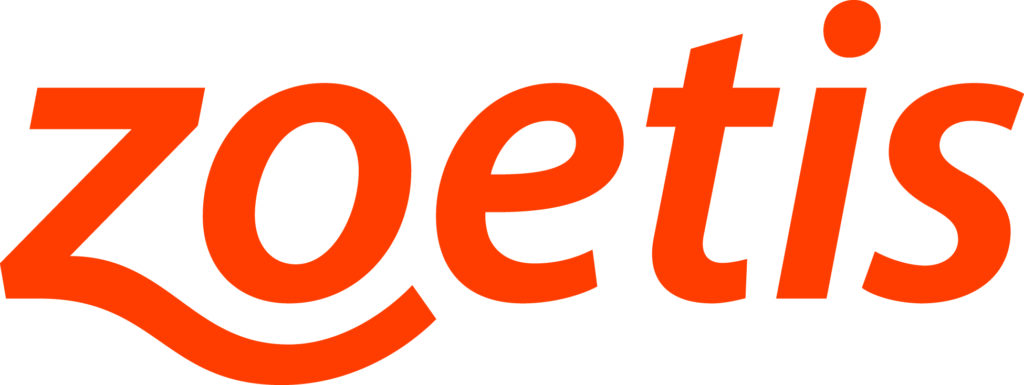
About Zoetis— Official USPC Equine Health and Wellness Partner
To learn more about how Zoetis is making lives better for horses and those who care for them, visit zoetisequine.com and Zoetis Equine on Facebook and Instagram.



